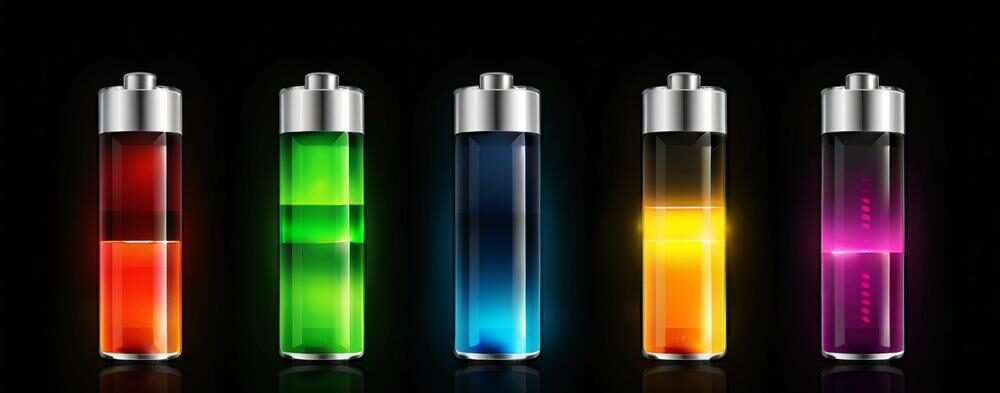
Energy Storage Battery VS EV Battery
Description
The performance parameter differences between Energy Storage Battery and EV battery mainly lie in power output, energy storage efficiency, cycle life and safety, etc,the following is a specific comparison:
1.Power density
1.1 EV Battery
Very high power density (usually 1-3 kW/kg), support instant large current discharge, to meet the dynamic needs of vehicle acceleration, climbing and so on. Electric car batteries, for example, can produce hundreds of kilowatts of power in seconds.
1.2 Energy Storage Battery
Low power density (about 0.1-0.5kW /kg), mainly stable continuous discharge, suitable for slowly releasing energy within a few hours (such as home energy storage night power supply).
2.Energy density
2.1 EV Battery
Medium energy density (about 100-250 Wh/kg), need to balance power and endurance,for example, NCM lithium batteries have a high energy density, but there is a contradiction between cost and safety.
2.3 Energy Storage Battery
High energy density (such as lithium iron phosphate batteries up to 150-200 Wh/kg), through thick plates or high-capacity cell design to improve the energy storage capacity per unit mass.
3.Cycle Life
3.1 EV
The number of cycles is low (500-3000 times), because of frequent high current charge and discharge accelerate the aging of electrode materials. For example, electric vehicle batteries typically need to be replaced after 5-8 years.
3.2 Energy Storage Battery
The cycle life is significantly longer (2000-10,000 cycles), and the service life is extended through material modification (such as lithium iron phosphate doping) and shallow charging and shallow discharge strategies.
4.Discharge depth (DOD)
4.1 EV
It is recommended that the depth of discharge not exceed 80% to reduce battery loss. For example, the remaining 20% of the battery needs to be charged to extend the life.
4.2 Energy Storage
Allows deep discharge to more than 90%, or even 100% (such as lead-acid batteries), and is designed to withstand deep cycling.
5.Thermal management requirements
5.1 EV Battery
Need complex thermal management system (liquid cooling or air cooling), due to high power discharge heat production, high temperature will cause safety risks.
5.2 Energy Storage Battery
The heat dissipation demand is low, usually only natural cooling or simple temperature control, because of the small discharge current and less heat production.
6.Charging speed and security
6.1 EV Battery
Support fast charging (30 minutes to 80%), need to match high-power charging pile, but fast charging will shorten the battery life, strict safety protection mechanism (overvoltage, overcurrent, short circuit protection), and battery vibration performance, due to the vehicle running battery failure may lead to accidents.
6.2 Energy Storage Battery
The charging speed is slow (a few hours full), the conventional current charging is mainly used to avoid the damage of the battery cell by large current, and the safety focuses on long-term stability, such as the fireproof shell design (such as the lithium iron phosphate battery), but the protection requirements for instant thermal runaway are low.
7.Conclusion
Because of their different design goals, the use of interchangeability will lead to performance or economic decline (such as electric vehicle batteries for energy storage costs are too high, energy storage batteries to drive the vehicle power is insufficient), so the two batteries are not suitable for mixing, and the choice needs to be matched according to the priority needs of the equipment for power or energy.
